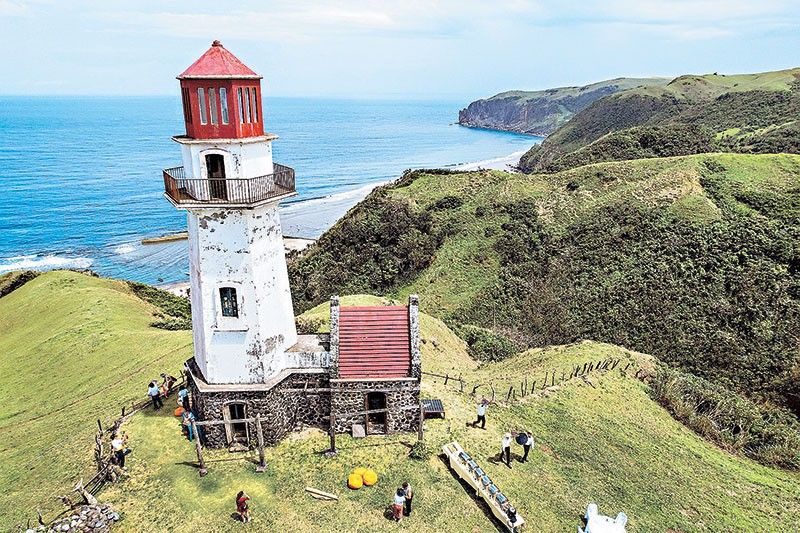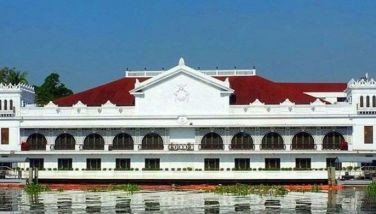For Batanes tourism, less is more

For the tourism industry of Batanes, less is definitely more.
“We only want an average number of tourists, in order to preserve the quality and interest (in the island),” 68-year-old freelance tour guide Remedios Santos said.
A tour guide since 2008, she has brought visitors – most of whom were Europeans – to Batanes’ famous spots like the rolling hills of provincial capital Basco, the Racuh a Payaman or “Marlboro Country,” the Chavayan Village in Sabtang Island filled with the iconic Ivatan stone houses and the Alapad Rock Formations that serve as the background for the popular “BLOW UR HORN” road sign.
Most of the tourists who come to Batanes crave for adventure and want to be immersed in its impressive natural wonders, such as the uniquely blue waters filled with flying fish, as well as stunning rock formations.
However, allowing more travelers to come to Batanes could put the beauty and serenity of the place at risk, Santos told The STAR.
“We want our culture here in Batanes to be well-maintained and not be disorderly,” she added.
High income from tourism does not appeal too much to tour guides like Santos, pointing out Ivatans like her are resilient enough to survive on their own.
When there are no tourist bookings, Santos takes to farming.
Ed Delfin, a board member of the Batanes Tour Guides Association, shared Santos’ sentiments.
“Batanes is so easy to destroy if it cannot institute proactive policies and safety nets to achieve sustainability. During pre-pandemic times, communities were suffering due to the high volume of visitors…we can cater only at this level,” he told The STAR.
Delfin pointed out that both the government and other tourism stakeholders should be able to “determine the right carrying capacity.”
At least 4,197 travelers have visited Batanes so far this year, according to the Heritage and Tourism Office of Batanes’ website.
Meanwhile, the province saw over 13,000 tourists in 2024, while it welcomed the most guests in 2018 at over 50,000.
At present, the high cost of traveling to Batanes favors the tour guides and the communities as it proves the concept of “low-volume, high-value tourism.”
A quick internet search for one-way Manila to Basco flights for April 2025 indicated prices no less than P10,000.
Government intervention
During the Department of Tourism’s Philippine Experience Program (PEP) heritage, culture and arts caravan, which ran from March 26 to 29, Santos, Delfin and other tour guides were able to dialogue with government officials regarding their concerns.
Also in attendance were leaders of tourism organizations across the country, travel influencers and diplomats.
By organizing the PEP in Batanes, Tourism Secretary Christina Garcia-Frasco said it was a “learning opportunity for me to understand the interventions that the national government can and should provide to give Batanes the opportunity to rise to its full potential.”
“Enthralled by the beauty that is Batanes,” Frasco added the DOT made the province a “compelling destination that we have to visit under (PEP).”
Delfin said the PEP “did not only aim at encouraging travelers but also the host communities to prepare for this initiative and provide the best service for the amount paid for their travel here.”
For his part, DOT-Cagayan Valley regional director Troy Alexander Miano said that while the high cost of traveling to Batanes could ensure high-quality tourism, he believed Batanes “should be open for all Filipinos.”
Asked about the potential of imposing a carrying capacity for Batanes, he said it could be a “sustainable” way of regulating the influx of visitors.
- Latest
- Trending































